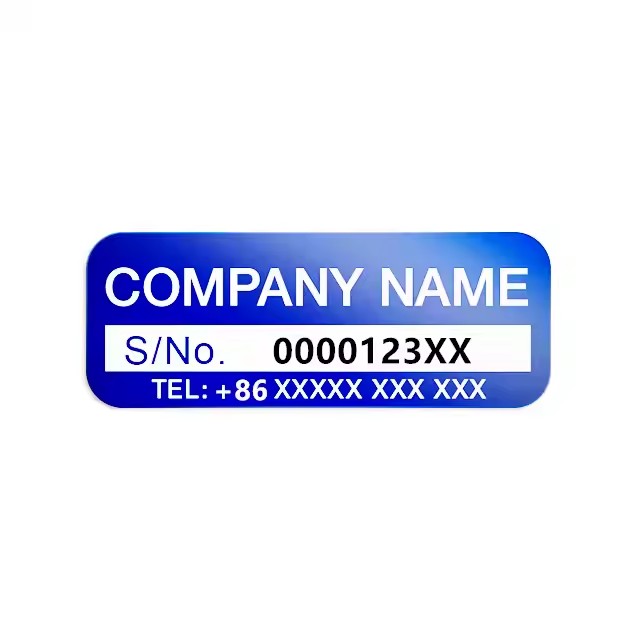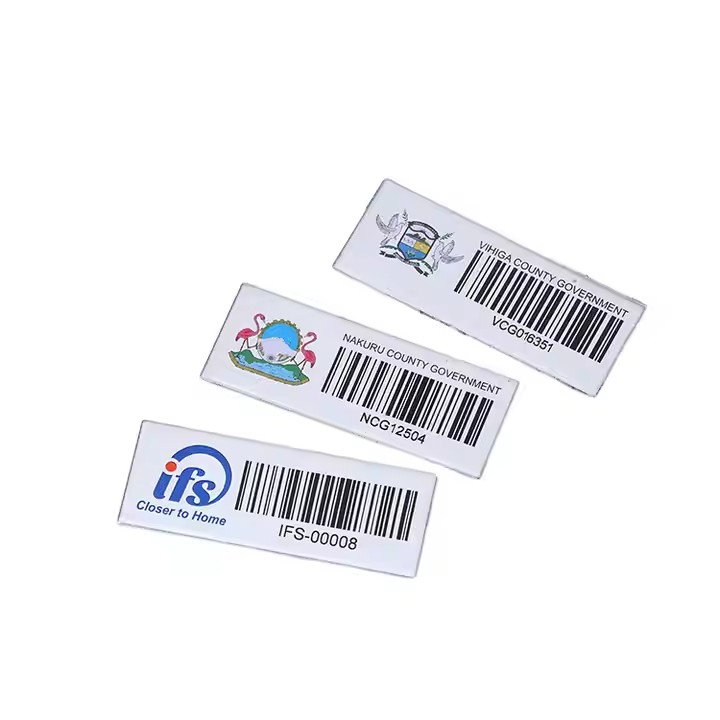The Rise of Aluminum Wine Labels in the Global Wine Market

Are Aluminum Wine Labels Waterproof and Scratch-Resistant?
13/07/2025
Sustainability and the Eco-Friendly Benefits of Aluminum Wine Labels
13/07/2025The Rise of Aluminum Wine Labels in the Global Wine Market
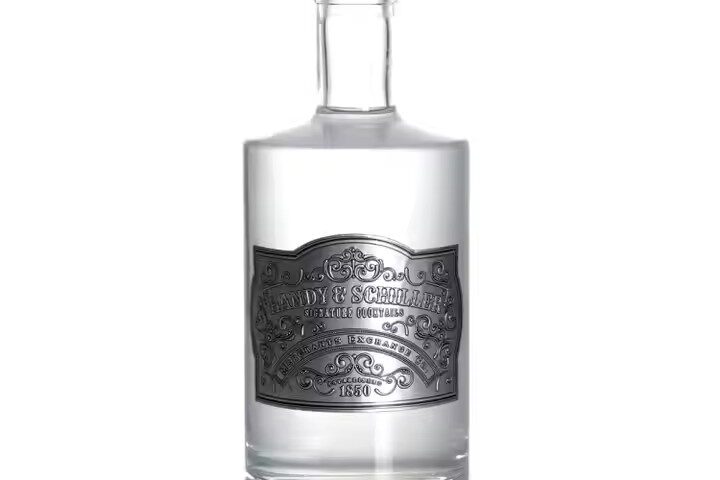
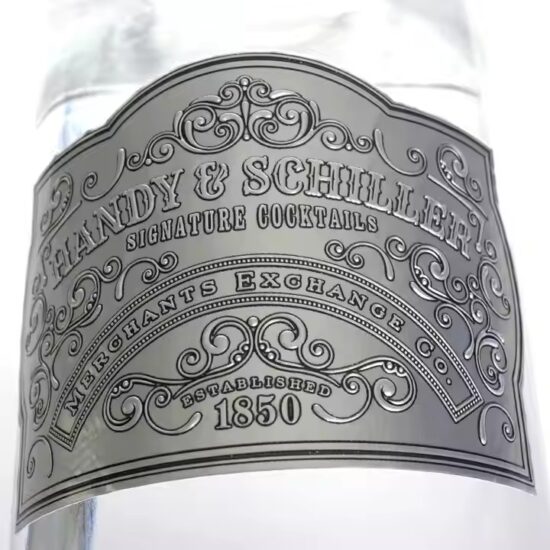
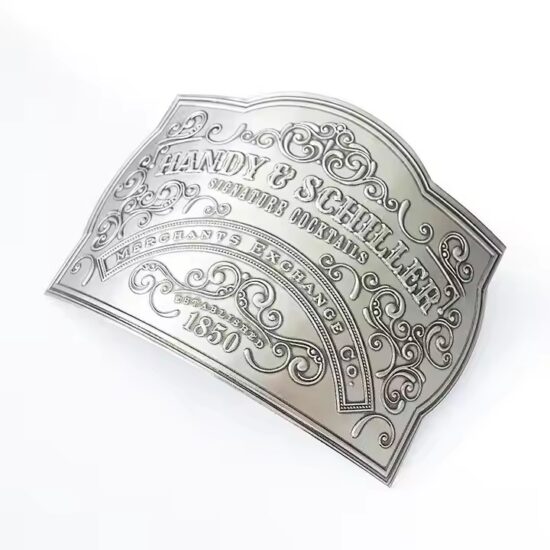
The Rise of Aluminum Wine Labels in the Global Wine Market
As global competition intensifies and consumer preferences evolve, wine brands are rethinking their packaging strategies. One clear trend is emerging across premium and innovative wineries around the world: the growing popularity of aluminum wine labels.
No longer just a niche luxury feature, aluminum labels are becoming a global phenomenon—transforming how wine bottles look, feel, and perform in diverse markets. So, what’s driving this rise?
1. A Shift Toward Premiumization
Consumers worldwide are gravitating toward higher-quality wines and more refined packaging. Aluminum wine labels help wineries:
-
Stand out on crowded retail shelves
-
Communicate exclusivity and craftsmanship
-
Reinforce luxury positioning for mid- to high-end product lines
From Napa Valley to Bordeaux to South Africa’s Stellenbosch, brands are embracing aluminum to enhance their perceived value and attract discerning buyers.
👉 In competitive global markets, aluminum labels help turn wine into a lifestyle product.
2. Visual Differentiation Across Cultures
In global markets, visual impact is key—especially when language or brand recognition is not enough. Aluminum offers:
-
Bold, metallic textures that catch the eye
-
Embossed or debossed elements that enhance tactile feel
-
Custom finishes that align with cultural aesthetics (e.g., minimalist for Scandinavia, ornate for Asia)
Because aluminum is highly customizable, it allows brands to localize their design for different markets without compromising identity.
👉 A well-crafted aluminum label tells a premium story at first glance—across any culture.
3. Superior Performance for Export Conditions
Wine bottles often travel long distances in varying climates. Aluminum labels outperform paper in terms of:
-
Moisture resistance (ideal for humid or coastal regions)
-
UV stability (for sun-exposed retail environments)
-
Scratch resistance (during transport and handling)
This makes aluminum labels more suitable for international distribution, where bottles face unpredictable logistics.
👉 Global wine brands need packaging that looks perfect on arrival. Aluminum delivers.
4. Growing Demand for Sustainable Packaging
Sustainability is a global priority, especially in Europe, North America, and parts of Asia. Aluminum is:
-
100% recyclable without degradation
-
Reusable and energy-efficient when processed responsibly
-
Seen as a premium sustainable option compared to plastic or heavily laminated paper
Wineries that adopt aluminum labels can showcase their commitment to eco-conscious values—important for both consumers and trade partners.
👉 Eco-friendly luxury is no longer a contradiction. Aluminum fits both values.
5. Adoption by Major Wine Markets and Influencers
The shift to aluminum labeling is being led by trendsetters and influencers in key markets:
-
France & Italy: Boutique wineries are using aluminum for limited editions
-
USA & Canada: Premium brands highlight aluminum in gift packaging and collector’s series
-
China: High-end wines with aluminum labels appeal to luxury-conscious consumers
-
Australia & New Zealand: Emphasis on durability for export-heavy brands
As more iconic brands adopt aluminum, others are following suit to stay competitive and current.
👉 What starts as a premium choice becomes a market expectation.
🏁 Conclusion
The global wine market is evolving—and packaging is evolving with it. Aluminum wine labels are no longer just a trend; they are becoming a new standard for quality, durability, and elegance.
For wineries aiming to compete globally, appeal to luxury consumers, and embrace sustainable practices, aluminum labels offer a strategic advantage. From enhanced shelf appeal to better performance in shipping and storage, the rise of aluminum is rewriting the rules of wine branding.

